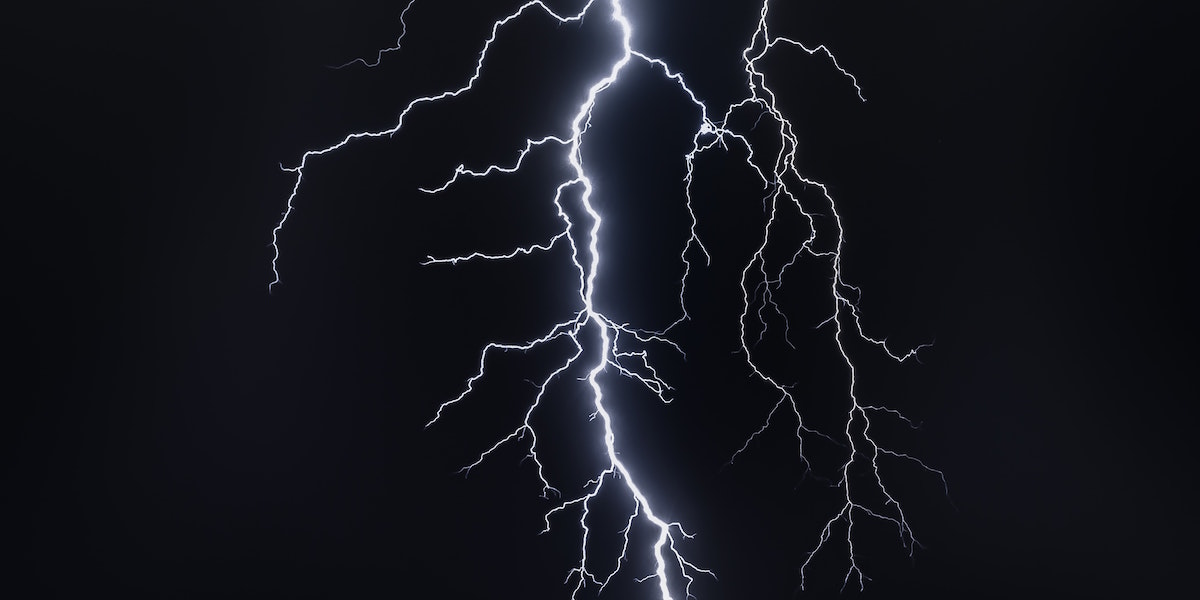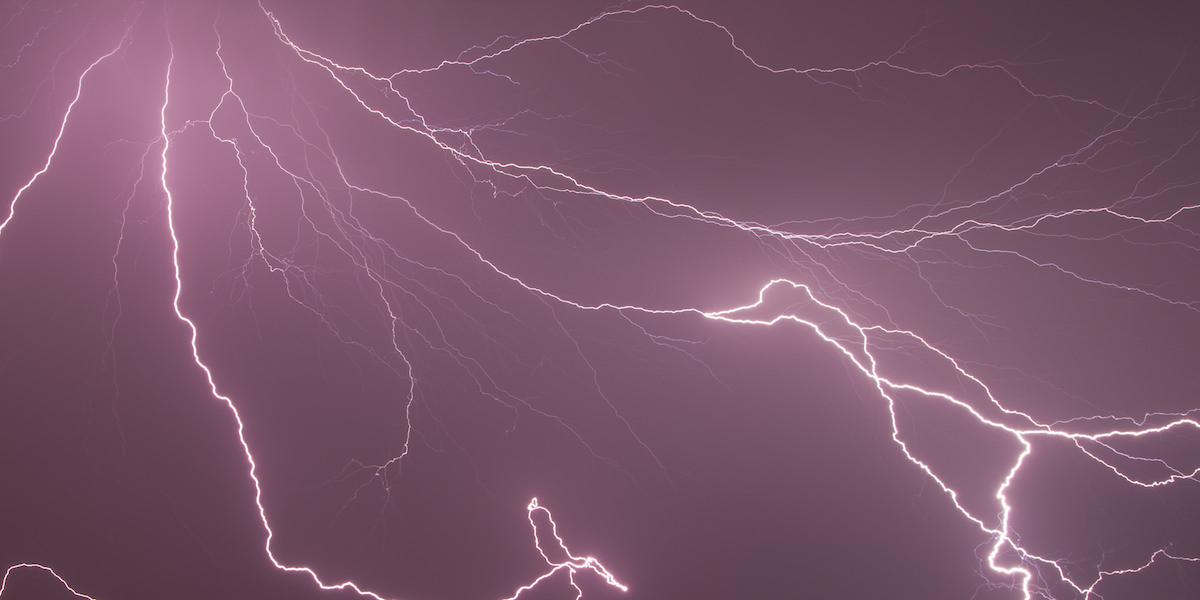

The difficult problem of characterization and modeling in the field of EMC requires sometimes advanced or non conventional approaches. These approaches may succeed where conventional methods result inadequate. An example can be the geometrical/statistical description of lightning channel, its radiated fields, and the induced noise on sensitive equipment. It turns out that in this case fractal geometry may provide good modeling approaches. Another example can be the construction of highly-efficient numerical simulation tools for nonuniform interconnects. Wavelets were successfully employed for this task. Representation is often the key to the solution of many problems. This applies to data, signals, functions, operators, equations, etc. The research activities that are outlined in this page required in their development use of non-conventional techniques based on wavelet expansions and fractals for the representation of the unknowns of the problem under investigation.
Wavelet bases are a powerful mathematical tool. They allow multi-scale representations of functions and operators. This feature, combined with the possibility of sparse representations obtained by simple thresholding of wavelet coefficients, allows to design low-complexity algorithms for the numerical simulation of relevant EMC problems, like transmission line structures. However, the intrinsic nature of such structures requires wavelet bases to be natively constructed on bounded domains, instead of the usual constructions defined on translation-invariant domains. Significant work has been devoted to the mathematical construction of biorthogonal wavelet systems on bounded domains to be used as basis functions for advanced numerical modeling algorithms.
The Transmission Lines equations provide an excellent physical model for uniform or almost-uniform interconnects. However, accurate modeling is only possible when the per-unit-length parameters are known. This implies that for nonuniform structures like wire bundles, which are characterized by random twists and wire displacements, a deterministic approach is not realistic. The propagation characteristics and the crosstalk in a wire bundle are quite dependent on the variations of the parameters along the propagation direction. A statistical approach is the only one really feasible. Our efforts have been concentrated on two main aspects. On one hand, the geometrical modeling of wires and their displacements. This led to the use of fractal geometry for the generation of realistic random bundle models. On the other hand, sophisticated statistical techniques like the Kriging method have been applied for crosstalk prediction.
This activity is focused on highly efficient algorithms for transient analysis of non-uniform transmission lines characterized by the Telegraphers Equations with space-dependent parameters. Wavelet bases are used to represent the spatial variation of voltages and currents. The intrinsic multiresolution properties of the adopted wavelet-based representation is exploited by an ad hoc time-adaptive algorithm that selects automatically the few relevant wavelet basis functions that are strictly necessary to describe voltage and current with a given accuracy. When time progresses during a simulation, the wavelet expansion is automatically adapted to the particular waveforms being computed.
Wavelets allow the decomposition of signals into their elementary time-frequency components. This implies the capability of detecting waves and wave packets with a precise definition both of their frequency and their time localization. This feature allows the design of automatic wave detection algorithms making use of such localization properties. Some past research activities in cooperation with NASA/Goddard Space Flight Center have been focused on the design of such algorithms finalized to the detection of gravity waves from atmospheric pressure time series. In this activity, several concurrent data sources from a network of sensors were processed in order to detect the wave packets, extract their signature, and study their propagation characteristic.
This research activity focused on the relations between time and frequency specifications of noise. Specifically, we concentrated on the so-called “1/f” noise and we investigated possible representations making use of fractal geometry. In fact, looking at typical realizations of such a noise process, one can recognize the signatures of fractal processes. Analytical relations between the fractal dimension of the process and its spectral characterizations were derived. In addition, the interaction of fractal noise processes with linear systems specified via their transfer functions were thoroughly investigated.
This less recent activity focused on several aspects of lightning modeling. On one hand, pure geometrical approaches using fractal theory were applied for the derivation of realistic approximation of the typical shape of the lightning channel. These fractal models were used to investigate the radiated fields and the coupling properties to sensitive structures like transmission lines. On the other hand, a number of studies were conducted on propagation models for current along the channel, using transmission line methods. These models included also the effects of branching and of secondary channels.
